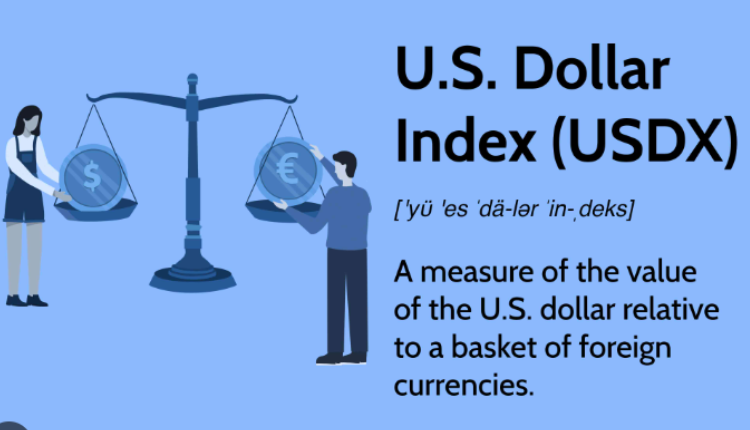The US Dollar Index (USDX) is a widely recognized financial tool that measures the performance of the US dollar against a basket of major currencies. Developed by the Intercontinental Exchange (ICE), this index plays a crucial role in assessing the strength and stability of the US dollar in global financial markets. In this article, we delve into the intricacies of the US Dollar Index, exploring its construction, significance, and impact on various stakeholders. By understanding this key indicator, investors, traders, and financial enthusiasts can gain valuable insights into the dynamics of the world’s most dominant reserve currency.
Section 1: Understanding The US Dollar Index
The US Dollar Index measures the value of the US dollar relative to a basket of six major currencies: the euro, Japanese yen, British pound, Canadian dollar, Swedish krona, and Swiss franc. These currencies are weighted based on their importance in international trade. The index is calculated using a geometric mean formula, which smooths out fluctuations and provides a comprehensive assessment of the US dollar’s strength.
Section 2: Significance Of The US Dollar Index
The US Dollar Index holds immense significance for multiple stakeholders, including central banks, multinational corporations, investors, and traders. Central banks, for instance, closely monitor the index to make informed decisions regarding monetary policies and currency interventions. Multinational corporations rely on the index to assess currency risks and manage international trade operations effectively. Furthermore, investors and traders leverage the US Dollar Index to gauge the direction of global markets and make strategic investment decisions.
Section 3: Impact On Global Markets
The US Dollar Index exerts a profound influence on global markets. A strong dollar, as indicated by a high index value, can attract foreign capital, enhance the purchasing power of US consumers, and make imports cheaper. Conversely, a weak dollar can boost exports, improve competitiveness for US businesses, and stimulate economic growth. Changes in the US Dollar Index also affect commodity prices, as many commodities are denominated in dollars. Fluctuations in the index can influence oil prices, gold prices, and other key commodities, thus impacting economies worldwide.
Conclusion
The US Dollar Index serves as a vital barometer for measuring the strength and stability of the US dollar in global markets. Its construction, significance, and impact on various stakeholders make it a critical tool for understanding international trade, monetary policies, and investment decisions. By monitoring the US Dollar Index, individuals and organizations can gain valuable insights into currency trends, market dynamics, and potential risks and opportunities. As the global economic landscape continues to evolve, staying informed about the US Dollar Index will be crucial for navigating the complexities of the financial world.
FAQs:
- How often is the US Dollar Index updated? The US Dollar Index is updated in real-time during trading hours. It is recalculated and published by the Intercontinental Exchange (ICE) every 15 seconds, reflecting the latest currency exchange rates.
- Is the US Dollar Index a reliable predictor of future exchange rate movements? While the US Dollar Index provides valuable information about the strength of the US dollar, it should not be solely relied upon as a predictor of future exchange rate movements. Currency markets are influenced by a wide range of factors, including economic indicators, geopolitical events, and market sentiment, which can lead to deviations from the index’s trends. Traders and investors should consider multiple indicators and conduct thorough analysis before making decisions in the foreign exchange market.

